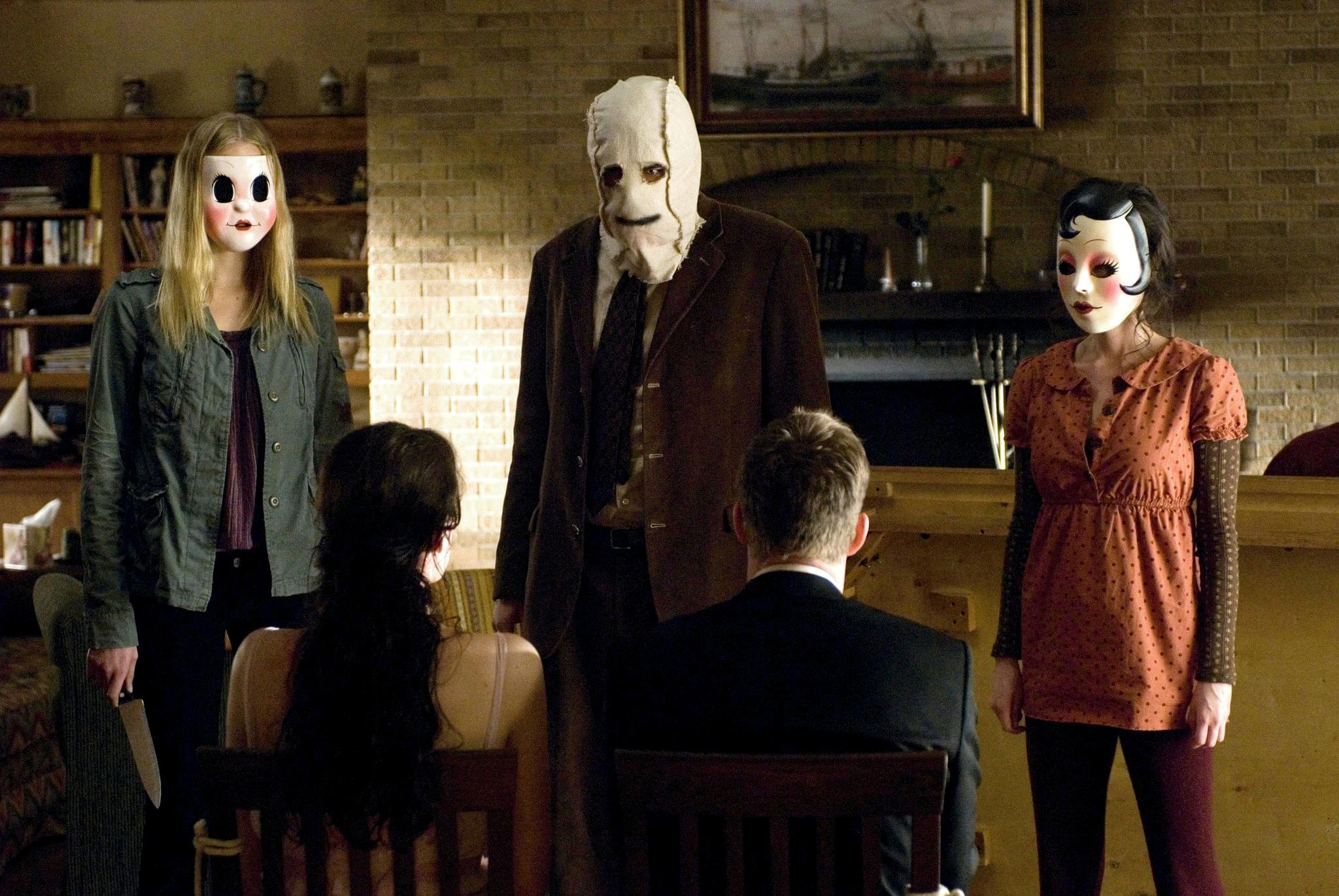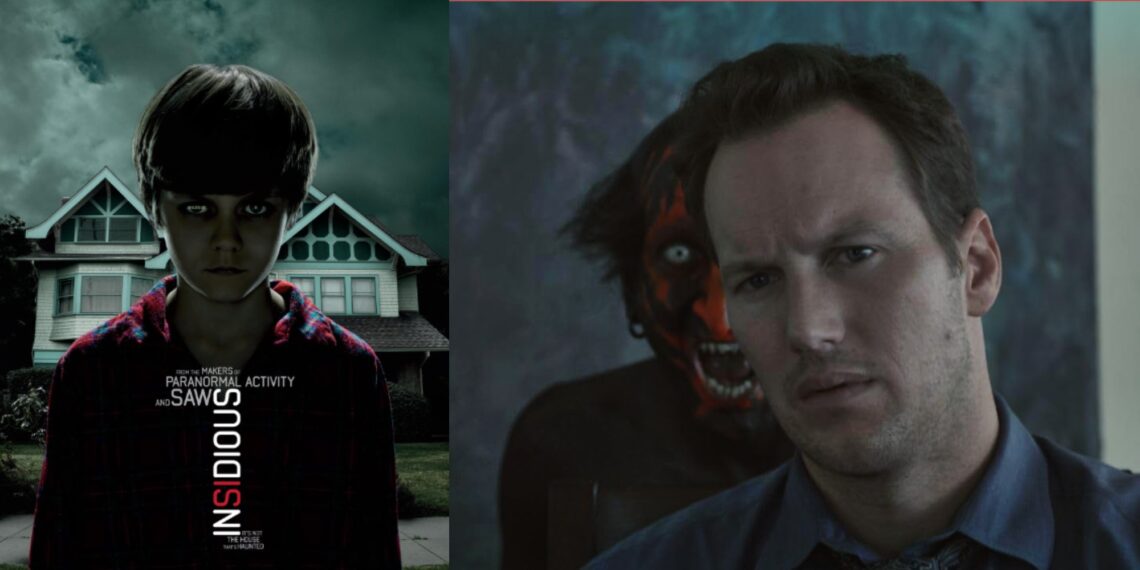Is Insidious Based On A True Story? Fact Vs. Fiction
Do the chilling events of the Insidious franchise draw from real-life terrors? The answer, while definitively "no," is far more nuanced than a simple debunking. The Insidious universe, a cornerstone of modern supernatural horror, thrives not on documented hauntings, but on the fertile ground of shared anxieties, universal fears, and the creative alchemy of its creators.
The Insidious saga, launched in 2011 with the eponymous first film, quickly cemented its place in horror history. 2013 saw the arrival of Chapter 2, followed by the prequel Chapter 3 in 2015, and The Last Key in 2018. The latest installment, The Red Door, premiered in 2023, demonstrating the enduring appeal of this terrifying world. While each film explores the Lambert family's harrowing encounters with the spectral realm known as "The Further," the franchise's true power lies in its exploration of the darkness that resides within us all.
| Name | James Wan |
| Birth Date | February 26, 1977 |
| Birthplace | Kuching, Sarawak, Malaysia |
| Occupation | Film Director, Screenwriter, Producer |
| Known For | Saw, Insidious, The Conjuring, Aquaman |
| Collaborations | Leigh Whannell |
| Reference | IMDb |
| Name | Leigh Whannell |
| Birth Date | January 17, 1977 |
| Birthplace | Melbourne, Victoria, Australia |
| Occupation | Screenwriter, Actor, Director, Producer |
| Known For | Saw, Insidious, Upgrade, The Invisible Man |
| Collaborations | James Wan |
| Reference | IMDb |
The pervasive rumor that Insidious is "based on a true story" is a testament to the film's effectiveness. The filmmakers, James Wan and Leigh Whannell, masters of the horror genre who first gained recognition with the gruesome Saw franchise, have crafted a narrative that resonates with primal fears. Their skillful manipulation of familiar horror tropes the creaking door, the shadowy figure under the bedsheet creates an atmosphere of unease that blurs the line between the imagined and the real.
While Insidious doesn't recount a specific haunting, it draws inspiration from a rich tapestry of paranormal lore. The concept of astral projection, a key element of the Insidious narrative, has roots in various spiritual traditions. The chilling depiction of "The Further," a spectral realm inhabited by malevolent entities, taps into the universal fear of the unknown. This blend of the familiar and the otherworldly is key to the franchise's unsettling power. The whispered rumors of on-set paranormal experiences, while likely apocryphal, further contribute to the mystique surrounding the films.
The "based on a true story" marketing tactic, while often employed in the horror genre, speaks to a deeper human desire to connect with the inexplicable. This blurring of fiction and reality enhances the viewing experience, creating a sense of shared dread and fostering speculation long after the credits roll. The Insidious films, with their exploration of demonic entities, haunted houses, and the fragility of the human psyche, tap into our collective fascination with the supernatural. They remind us that true horror often lies not in the verifiable, but in the shadows of our own minds.
From the chilling presence of the Lipstick-Face Demon to the harrowing journeys into The Further, the Insidious films offer a visceral exploration of the unseen world. While not rooted in a singular true story, the franchise draws upon a universal wellspring of fear and fascination with the paranormal, crafting a narrative that continues to resonate with audiences worldwide. The success of Insidious is a testament to the power of suggestion, the enduring appeal of the unexplained, and the artistry of Wan and Whannell, who have crafted a world where the line between reality and nightmare is terrifyingly thin.
The timeline of the Insidious films adds to the layered complexity of the narrative: Insidious (2011), Insidious: Chapter 2 (2013), Insidious: Chapter 3 (2015), Insidious: The Last Key (2018), and Insidious: The Red Door (2023). The prequels deepen the mythology, exploring the backstory of Elise Rainier, the gifted parapsychologist who guides the Lambert family through their terrifying ordeal. This intricate narrative structure, combined with the films' unsettling atmosphere, contributes to the pervasive sense that something more sinister lurks beneath the surface.
Ultimately, the enduring power of Insidious lies not in its factual basis, but in its exploration of universal human anxieties. The films offer a chilling reminder that the most terrifying monsters often reside not in the shadows, but within ourselves.


